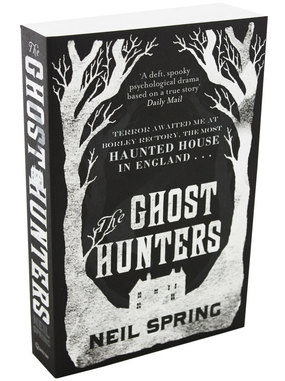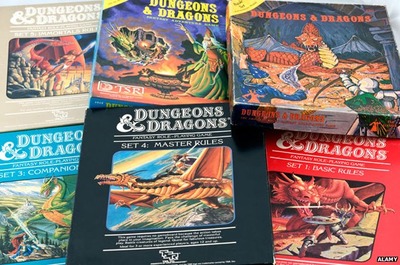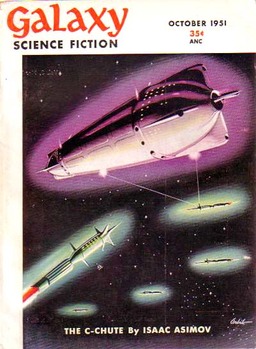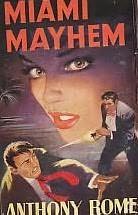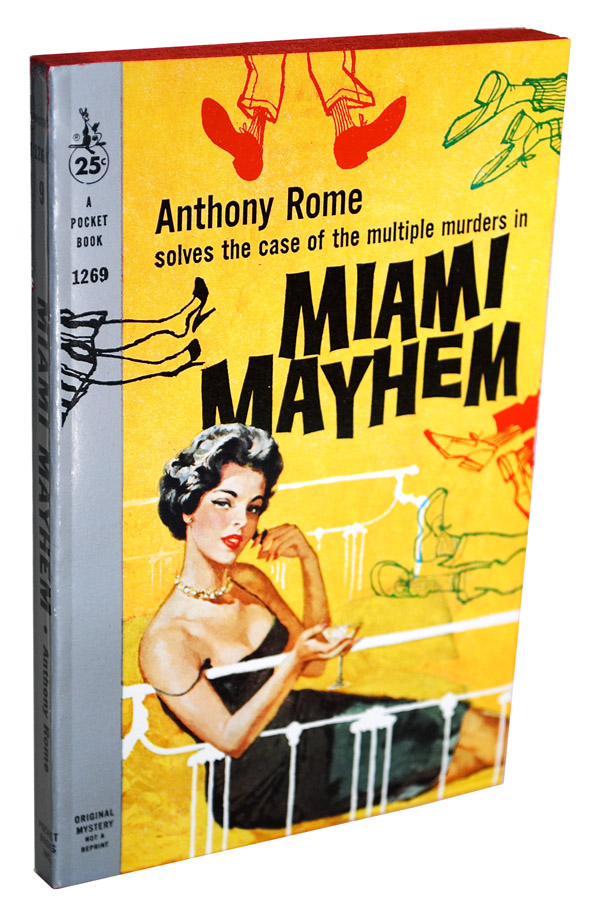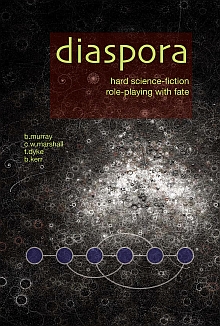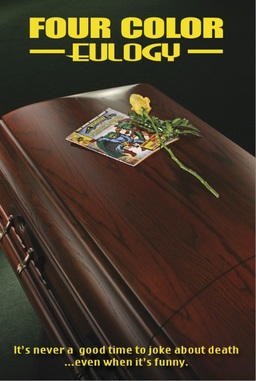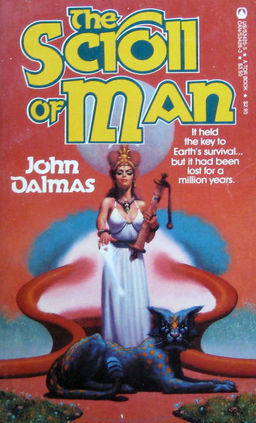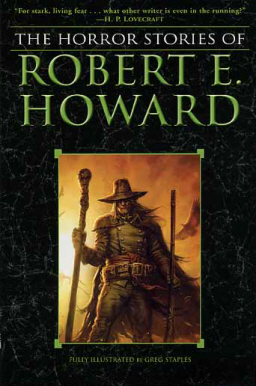Delve Into a 3-Part Supermodule With Cormyr: The Tearing of the Weave
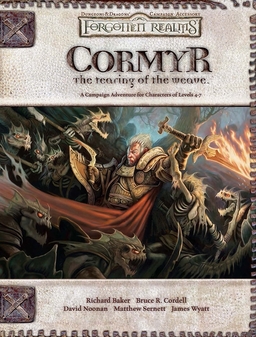 I’m still digging into the fabulous Forgotten Realms products I won at the Spring Games Plus Auction, all of which were brand new and criminally cheap – probably because they were written for D&D version 3.5 and are now a little out of date. Not that that bothers me; I mostly play version 1.0 anyway.
I’m still digging into the fabulous Forgotten Realms products I won at the Spring Games Plus Auction, all of which were brand new and criminally cheap – probably because they were written for D&D version 3.5 and are now a little out of date. Not that that bothers me; I mostly play version 1.0 anyway.
I’ve been very impressed with what I’ve sampled so far, including Lost Empires of Faerûn and Underdark, both of which were top-notch. They proved easily adaptable to my current campaign, and Underdark in particular is a truly superb resource. I wish I’d had it years ago. My subterranean adventures would have been vastly richer and more imaginative.
Cormyr has quite a history and was well explored in earlier releases long before this book hit the shelves. It is perhaps the most majestic kingdom of the realms. It first appeared in a handful of short stories in the 1970s by Forgotten Realms creator Ed Greenwood and was described in detail for the first time in TSR’s groundbreaking Forgotten Realms Campaign boxed set in 1987. It has featured in numerous supplements and novels ever since — including Forgotten Realms Adventures (1990), The Forgotten Realms Atlas (1990), The Player’s Guide to the Forgotten Realms Campaign (1993), and especially the 1994 accessory Cormyr by Eric W. Haddock and Paul Jaquays, which detailed the land’s history, royalty, people, and geography in 64 packed pages.
Cormyr has also been the setting for over a dozen Forgotten Reams novels, including The Empires trilogy by David Cook, Troy Denning, and James Lowder (1990 – 1991); The Cormyr Saga by Ed Greenwood, Jeff Grubb, and Troy Denning (1996 – 2000); and two trilogies by Ed Greenwood: The Knights of Myth Drannor (2006 – 2008) and The Sage of Shadowdale (2010 – 2012). If Cormyr were a tourist destination, it would be The Hamptons.
